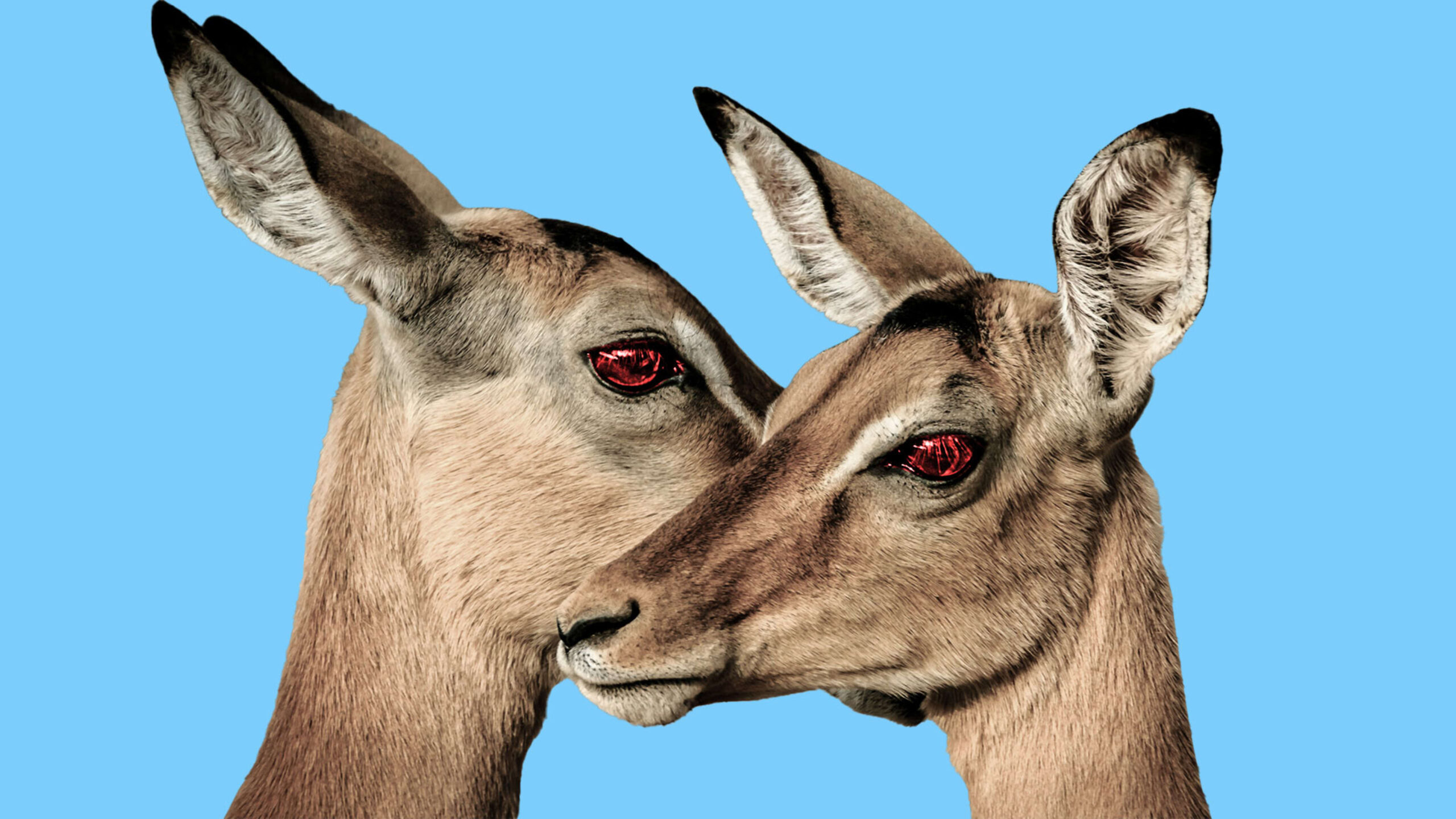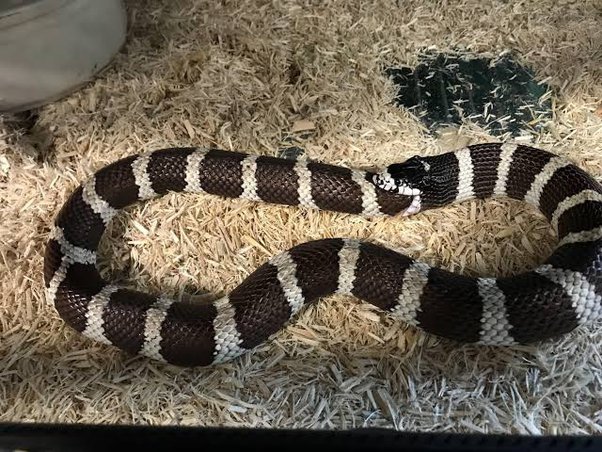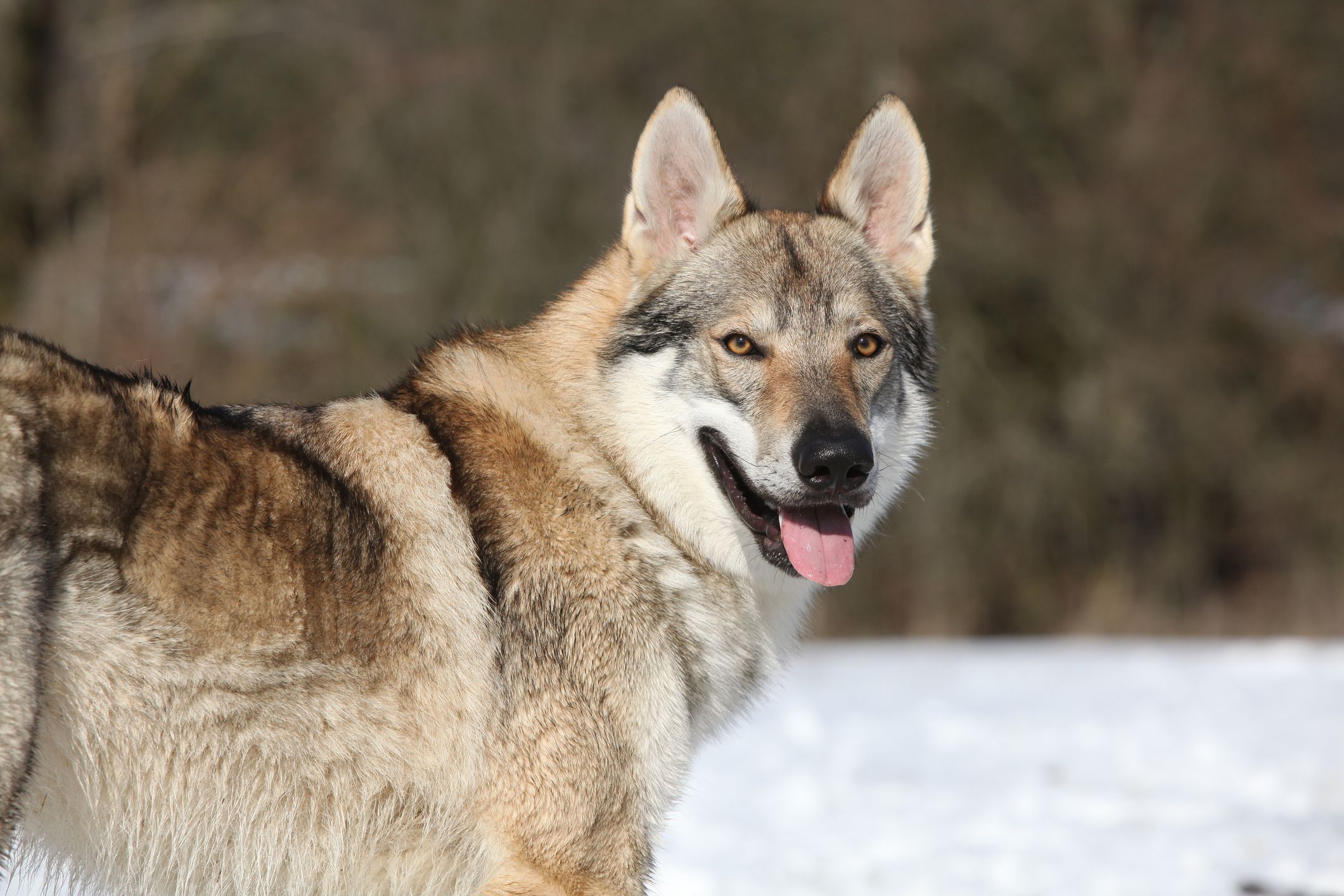In the vast expanse of Yellowstone National Park, amidst the tranquil beauty of its wilderness, a silent threat has emerged, challenging the very fabric of its ecosystem. The recent discovery of Chronic Wasting Disease (CWD) in a mule deer buck within the confines of the park marks a pivotal moment in the battle against this insidious ailment.
Chronic Wasting Disease, caused by prions, abnormal infectious agents, has long haunted North America, spreading quietly among the cervid family – deer, elk, moose, and others. But now, with its presence confirmed in the heart of Yellowstone, the specter of CWD has become impossible to ignore.
The Spread of the ‘Zombie Deer’ Disease
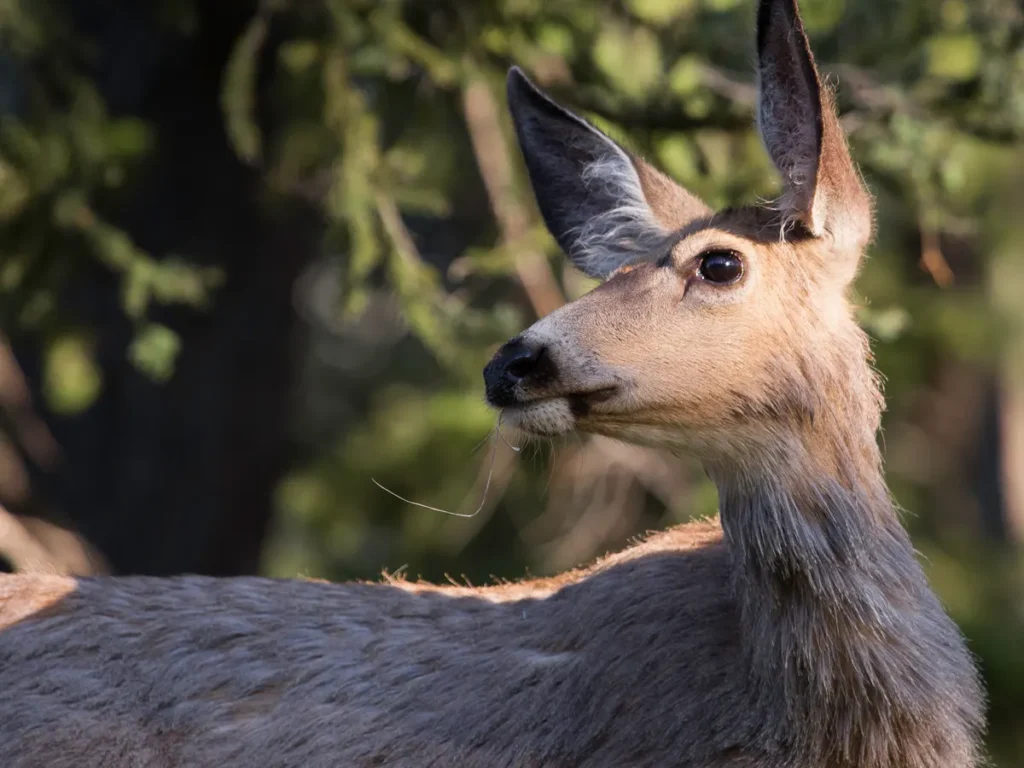
CWD has been stealthily encroaching upon North America for years, leaving a trail of afflicted wildlife in its wake. Symptoms manifest in affected animals as they exhibit peculiar behavior – drooling, lethargy, emaciation, and a haunting “blank stare” that has led to the moniker “zombie deer disease.” Despite its ominous nickname, CWD is far from a fictional horror; it is a grim reality, with no known cure or vaccine.
Dr. Thomas Roffe, a seasoned veterinarian and former chief of animal health for the Fish & Wildlife Service, has long sounded the alarm about the looming threat of CWD. His warnings, once brushed aside, now echo with urgency as the disease penetrates deeper into previously untouched territories.
The recent confirmation of CWD in Yellowstone serves as a stark reminder of the disease’s relentless advance. With the park being home to a diverse array of wildlife, including iconic species like grizzly bears, wolves, and cougars, the implications of CWD’s presence are profound. As Dr. Michael Osterholm, an esteemed epidemiologist, describes it, CWD is a “slow-moving disaster” that poses significant ecological risks.
The Looming Threat of Zoonotic Transmission
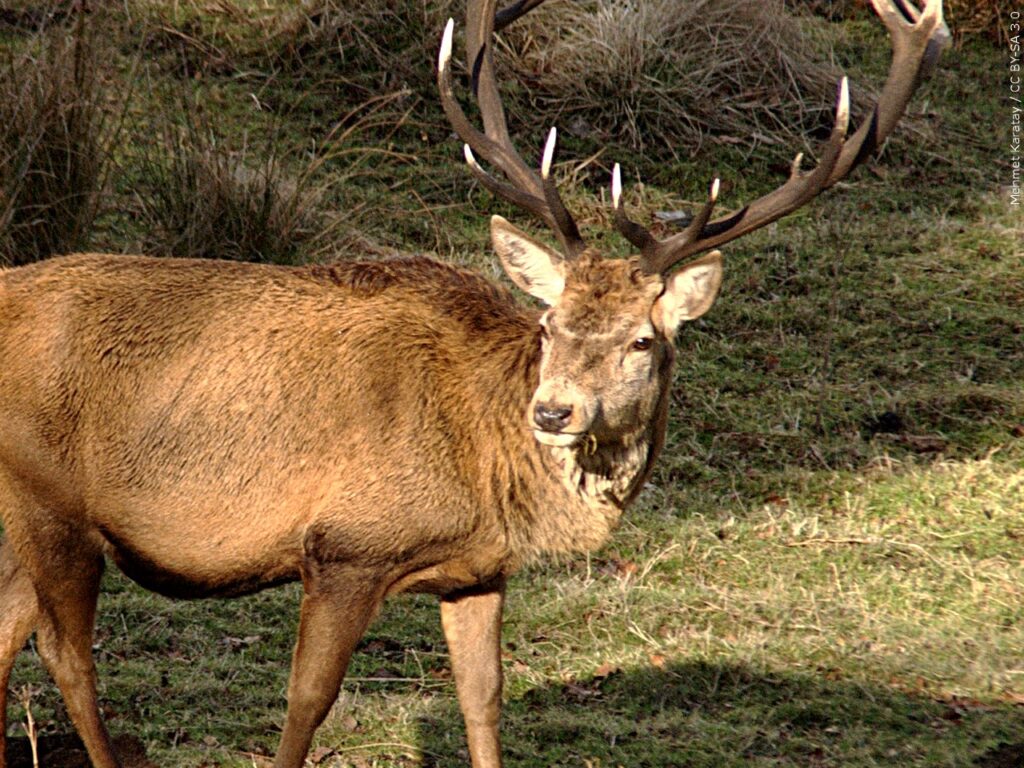
While CWD’s impact on wildlife is already devastating, the possibility of it crossing the species barrier into humans looms ominously. Similar to the outbreak of bovine spongiform encephalopathy (mad cow disease), there are concerns that CWD could undergo zoonotic transmission, potentially leading to fatal consequences.
Dr. Raina Plowright, a disease ecologist, emphasizes the broader context of emerging zoonotic pathogens, highlighting the interconnectedness of human, livestock, and wildlife populations. As human activities encroach further into natural habitats, the likelihood of cross-species transmission increases, creating fertile ground for disease outbreaks.
With hunting season underway across the US, authorities are urging caution and vigilance. The US Centers for Disease Control and individual states recommend testing harvested game animals for signs of disease, while advising against consuming meat from animals showing symptoms of illness.
Mitigating the Threat
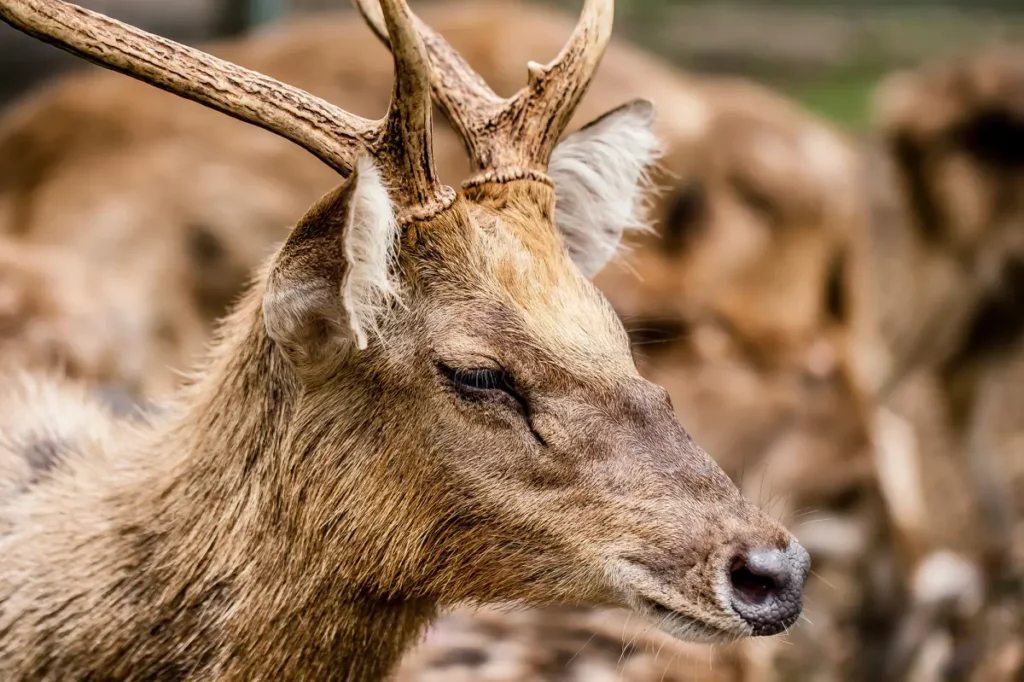
In the face of this looming crisis, efforts to contain the spread of CWD are intensifying. Surveillance measures are being bolstered, and strategies for dealing with sick animals are being reassessed. However, the task ahead is daunting, with CWD proving resilient and persistent in the environment.
One contentious issue complicating containment efforts is the practice of artificial feeding of wildlife, particularly in winter months. Critics argue that such practices exacerbate the spread of CWD by facilitating the congregation of infected animals.
Additionally, the liberal killing of predators like wolves and cougars, intended for livestock protection, may inadvertently hinder efforts to control CWD, as these predators play a crucial role in removing sick animals from the ecosystem.
As the battle against CWD intensifies, the stakes could not be higher. The fate of North America’s wildlife hangs in the balance, and with it, the potential risks to human health.
Only through concerted efforts and collaboration can we hope to stem the tide of this silent but deadly disease, ensuring the preservation of our natural heritage for generations to come.
Final Words
Chronic Wasting Disease (CWD) is spreading among animals like deer and elk, even in places like Yellowstone Park. This is a big problem because it makes animals sick and can even spread to humans.
We need to do something about it. We can start by watching out for sick animals and testing them. It’s also important to be careful about feeding wildlife and not killing too many predators like wolves and cougars, because they help keep sick animals in check.
We all need to work together to stop CWD from spreading. By doing this, we can protect our forests and the animals that call them home, including ourselves. Let’s take action now to keep our wildlife safe for the future!

